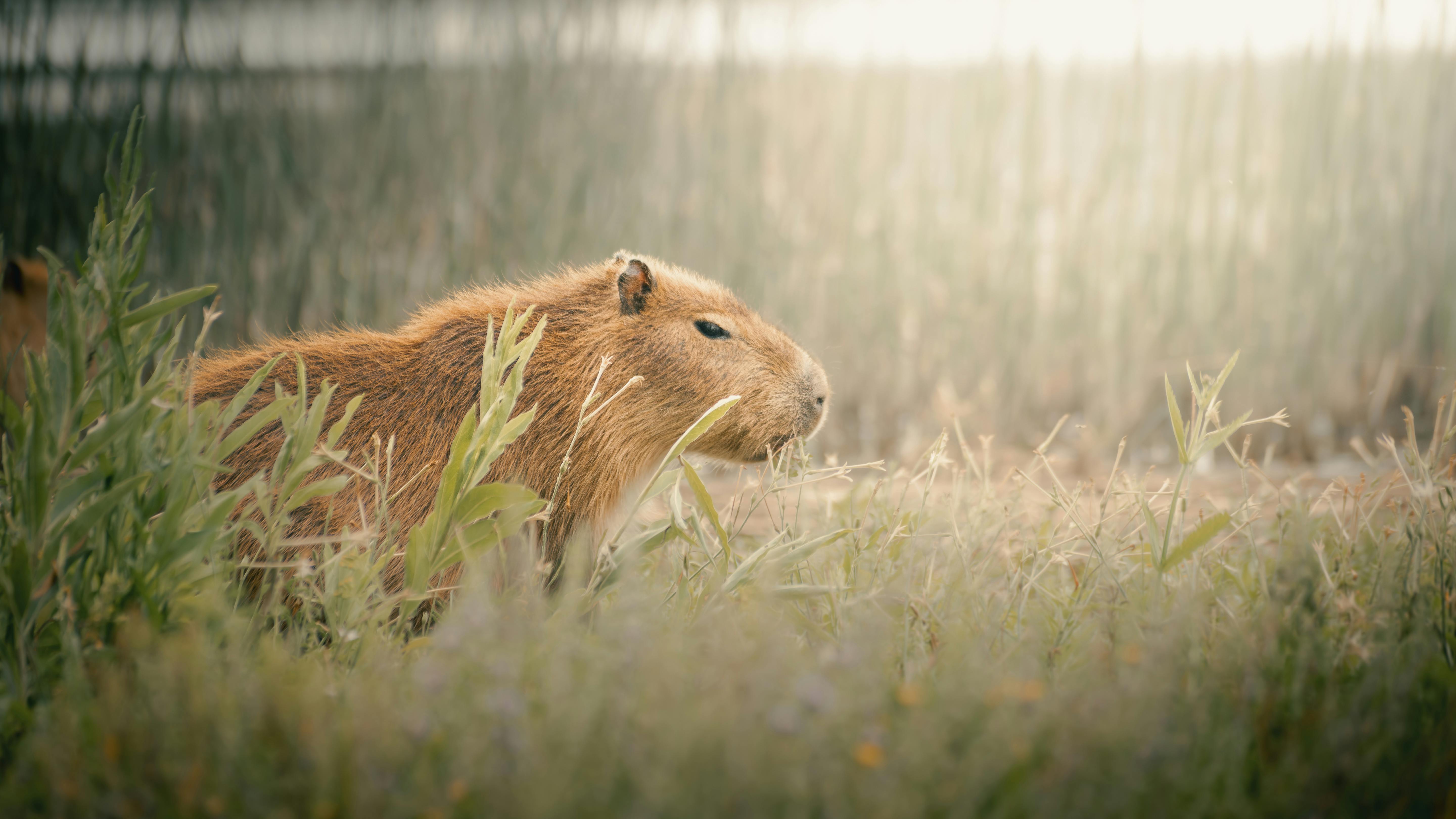Decoding the Distinctive Behavior of Capybaras: The Gentle Giants of the Rodent World
Introduction: Meet the capybara, nature's most sociable and gentle rodent. This charismatic creature from South America has been capturing hearts worldwide, and it's much more than just a cute face. The capybara's unique behavior and lifestyle make it a fascinating subject for animal enthusiasts.

Embracing the Capybara: Origins and Unique Characteristics
The capybara, Hydrochoerus hydrochaeris, is the world’s largest rodent, native to South America’s wetlands and grasslands. Their body design is well-suited for their semi-aquatic lifestyle, with webbed feet for swimming and eyes, ears, and nostrils positioned on top of their head to stay above water when submerged. Despite their size, capybaras are known for their docile nature and social behavior.
Capybaras in the Wild: Social Structure and Lifestyle
Capybaras live in groups, usually consisting of 10 to 20 individuals, but sometimes up to 100. They have a complex social structure with a dominant male, females, juveniles, and subordinate males. Their day is divided between grazing on grass, aquatic vegetation, and resting near water bodies. The group’s social dynamics and the capybara’s adaptability to different environments are significant reasons for their successful survival in the wild.
Capybaras and Human Interaction: An Unusual Friendship
Depending upon the region, capybaras have different relationships with humans. In some areas, they are hunted for their meat and hide. However, in other places, capybaras are increasingly being kept as pets and are known to form strong bonds with their human caretakers. This is a testament to their gentle and friendly nature, which has led to fascinating stories of human-capybara interactions. However, owning a capybara as a pet is not for everyone and requires a specialized understanding of their needs.
The Capybara Market: Impact and Considerations
Capybaras are popular in the exotic pet market, but their price range varies widely, from a few hundred to several thousand dollars, depending upon the location and regulations. The growing interest in capybaras as pets has significant market impact but also raises concerns about the potential implications for these animals’ welfare and natural habitats.
Capybaras in the Spotlight: Conservation and Current Updates
While capybaras are not currently endangered, habitat loss and hunting pose threats to their survival. More efforts are being made to raise awareness about capybaras and to ensure their protection. Recent reports have highlighted the need for more research on capybaras, their behavior, and their role in maintaining ecosystem balance.
Final Thoughts:
The capybara, with its unique characteristics and affable nature, offers a captivating glimpse into the rich tapestry of the animal kingdom. As we continue to learn more about these gentle giants, it becomes apparent how crucial it is for us to respect and conserve all species, no matter how big or small.





